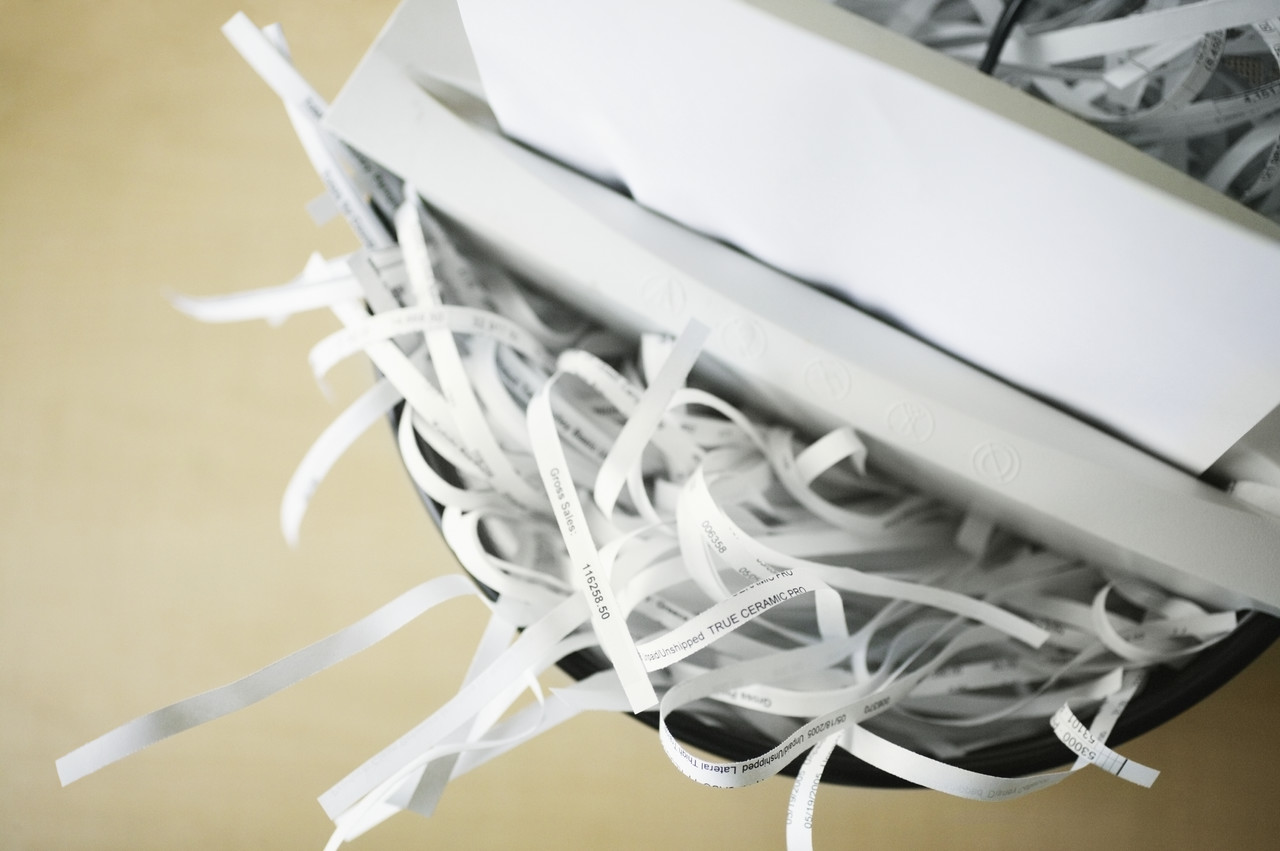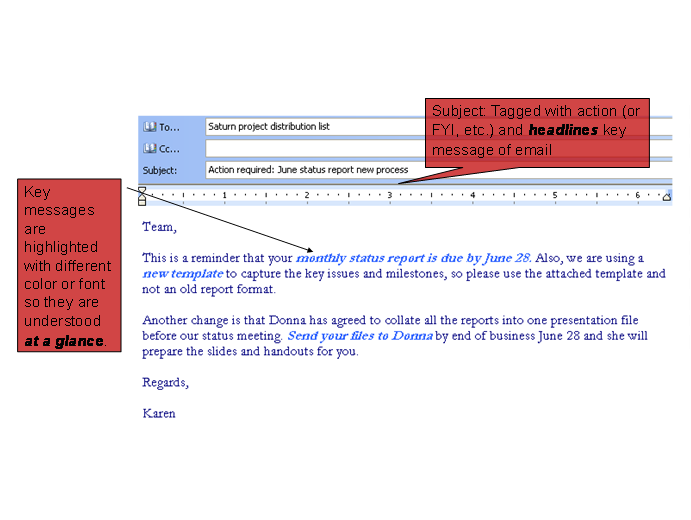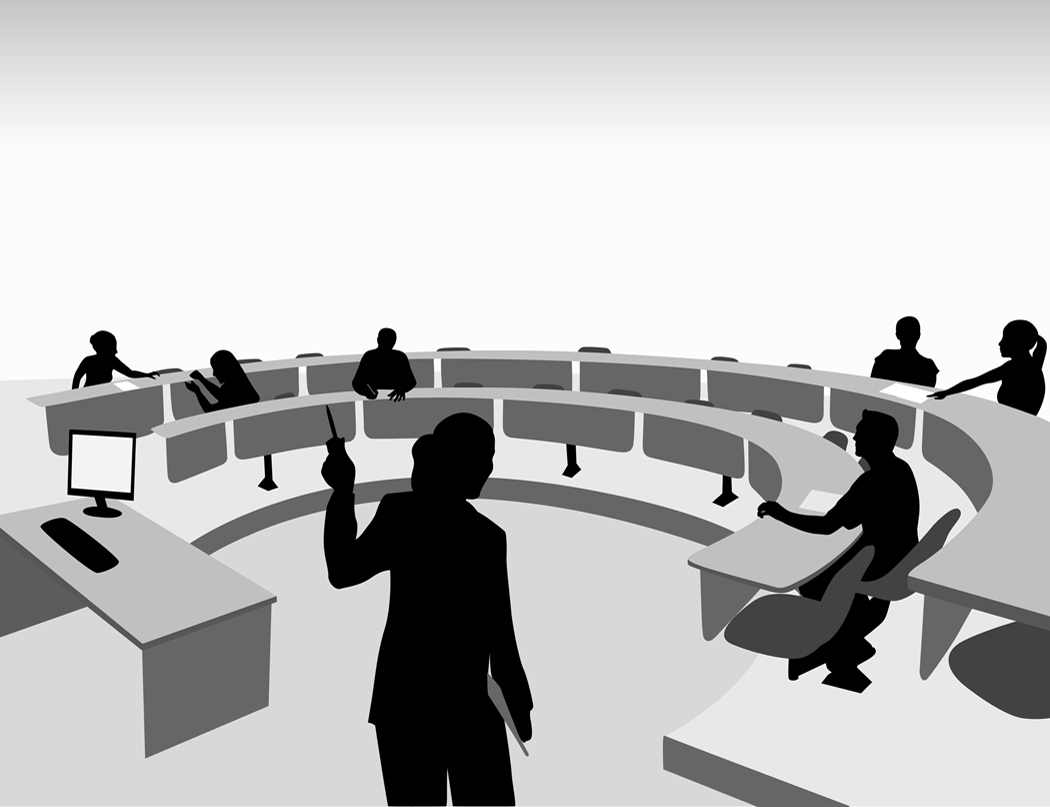Summary
Eliminate unwanted messages including subscriptions, thank-yous, cc's, and redundant content. Use a format that is easy to understand and read with all your co-workers.
More tips on how to deal with email overload
 Be
sure that your emails add value and are not part of endless
cycle of wasted effort
Be
sure that your emails add value and are not part of endless
cycle of wasted effort
Weed out unnecessary email
You know who you are. You cc everyone under the sun on your emails, just in case. Funny how they all copy you on their emails. If you want to time in your day for something other than replying to email, you need to make sure each email you receive has a purpose other than cya (cover your ass.)
In order to make sure that the email coming to you is important
to you:
- Give your direct reports and your team members guidance on when you should be cc: ‘d on emails. Similarly, ask your manager when he/she wants to be cc:’d. Feel free to let someone know that you don't need to be cc'd on their mail.
- Amongst your team members, decide whether to use "thank you" or "will get back to you " messages. Some people consider these superfluous while others think they are much-needed politeness.
- Use multiple mailboxes - one account for personal mail, one for business, and one account just for junk mail like e-zines, CRM subscriptions, etc. Use a free account such as hotmail or gmail for junk.
- Never give out your personal and work email addresses to vendors, distribution lists, Internet sites, etc.
- Unsubscribe from any newsletters that you have not read in the last three months.
- Use your spam filter and mark junk as junk mail and flag those that are not junk to be recognized as such. When you are comfortable that your spam filter is doing a good job, don't check your spam. Let it get deleted automatically and be conscientious about marking junk.
Most importantly, be clear and concise
Part of the problem with e-mail overload is having to
read the messages, understand the key points, and then discern
action items. Writing e-mails so that the key content can
be understood with a glance helps both the reader and the
sender. Work with your team to determine a standard
format for e-mails. Consider the format below:
Subject line:
· Always
write the purpose of the message and the subject.
· Use standard
subjects in order to sort by topic.
· Consider
using “Action Required,” “Help Needed,”or ���FYI��� to determine
if the message requires action.
Body:
· If the
message is more than 3 or 4 lines, use bullets and lists
for easier reading.
· Use two
sections – “Background” and “Action Items”. Label action
items with dates due and responsibilities.
To keep the message thread, respond using the “Reply button”,
but not the “Reply to All” unless it is absolutely necessary.
Most importantly, keep your message clear and concise. If
the content of the message cannot be conveyed easily, use
the phone.







 My
new book,
My
new book,






 If
you have some ideas for articles, please drop me a note
or leave a
If
you have some ideas for articles, please drop me a note
or leave a 
